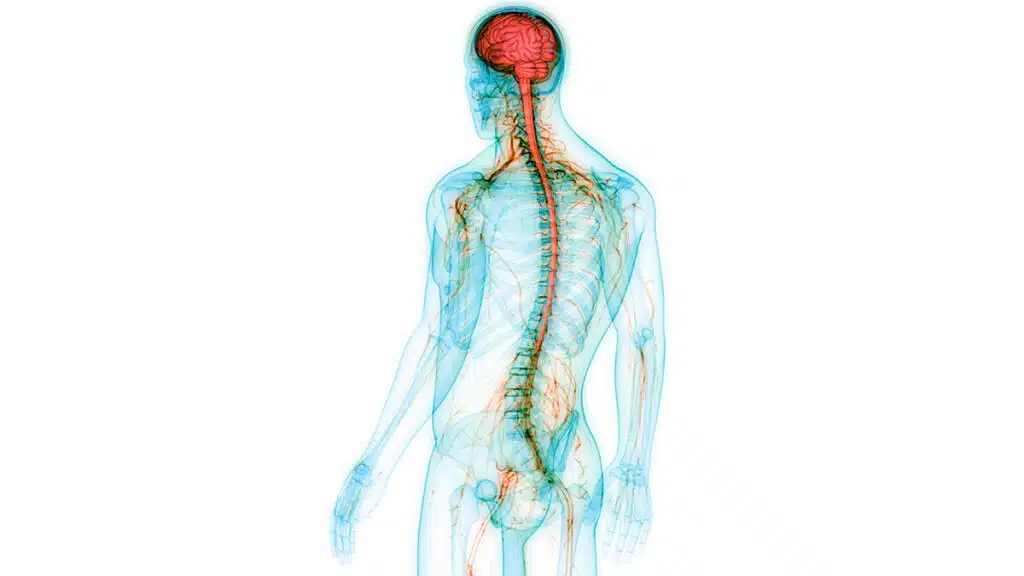Emotional Aspects of Usability
Logic and statistics drive many usability discussions. How many users accomplished a task? How long did it take on average? What labels caused delays? Likewise, emotion is often discussed in the context of interactivity and aesthetics. Emotion and usability sound like separate topics, but they are closely intertwined, so much so they are impossible to separate.
I will go out on a limb and claim emotion is the most important usability aspect. Because emotion is the root of all behavior, how one feels ultimately determines what one will or won’t do on a website. Let me explain further.
It’s no surprise that complex websites cause frustration. This seems logical, but frustration is an emotion, not a logical process. Inversely, things that are easy to use produce pleasurable feelings. While rarely acknowledged, accomplishment from minimal effort feels good. Two factors cause these pleasurable emotions. First, our natural inclination is to conserve energy (mental or physical.) Therefore, accomplishing something while conserving energy feels rewarding. Second, being “skilled” likewise feels good. If you have ever played an instrument, you felt pleasurable emotions as you improved your abilities. You experience similar emotions when using a website effectively (on a smaller scale.) Thus, when you go to kayak.com and book the best tickets for your trip without trouble in minimal time, you feel good.
Inversely, usability issues make you feel bad about yourself. Even when you know the website is at fault, you often internalize the problem. The old “Why can’t I find it?” is hidden self-deprecation. When tasks take longer than they should or cause you to expend unnecessary mental energy, you experience a wide range of negative emotions. You don’t feel as if you have approached this task skillfully; just the opposite. Thus, your emotional response to usability ultimately shapes the experience.
While there is a wide range of areas in which usability and emotion intertwine, three core areas are essential to understand: visceral, behavioral, and reflective. Don Normand details these three aspects of emotion in his book “Emotional Design.” These three aspects of emotion each have a direct influence on usability. Let’s explore them bottom up, or better yet, the nervous system out.
Visceral Emotions and Your Mindstate
Normand describes “visceral” emotions as feelings derived from the central nervous system. These are emotions directly tied to what author Susan Weinschenk calls “old brain thinking.” This portion of our body controls urges for food, sex, and survival. These thoughts originate from the central nervous system and not the brain. They happen the quickest before your brain has processed the situation. Because these feelings happen before mental processing, they are subconscious. More important, you are often unaware they influence you.

The most relevant application of visceral emotions to usability is the “Aesthetic Usability Effect,” a phenomenon where a more attractive interface is considered more usable than an unattractive one, all else equal. This occurs because a cluttered, overwhelming interface causes your body to react the same as it would a dangerous situation (a mild one, of course.) Your focus narrows, your pulse increases, and when confronted with an issue, you will likely retry the same solution rather than alternative, untried methods. Inversely, attractive interfaces have the opposite effect. Your focus widens, your pulse slows, and as a result, creativity increases. In this situation, problems are addressed by modifying your approach. You find an answer and move on without realizing there was a problem in the first place.
Subconscious emotional responses to visual stimuli entirely drive the visceral impact on usability. However, not all areas of emotion and usability are subconscious. We also have behavioral emotions, which are conscious and are impacted by using a website.
Behavioral Emotions
Earlier in this post, I mentioned the pleasure of performing a skillful task. Pleasure is a form of behavioral emotion, which an emotion resulting from physical activity. Think about something you enjoy physically: navigating a keyboard quickly, chopping food, or expertly driving a car. That enjoyment is primarily a result of positive emotions caused by expertly performing a task. The enjoyment of skilled activities is a significant contributor to the advancement of the human race. Early man felt good using tools. Thus, they used and developed more of them. Today, behavioral emotions play a significant role in web usability.

Navigating the web is primarily considered a cognitive task; most effort is put into thinking and making decisions. The fact remains that, with a few exceptions, using any computer requires both mental and physical exertion. Thus, buying a ticket to the latest movie falls into the behavioral emotion category. Buying that ticket quickly makes you feel good; you are a skilled web user. When it goes poorly, you don’t receive that gratification and often feel more negatively towards the situation than logically rational.
These emotions are not tied to aesthetics; they result from how you use the site. Poor usability leads to confusion, errors, and ultimately negative emotions. Good usability makes you feel positive about yourself, leading to positive emotions. It’s no different from expertly dicing an onion.
Traditional user experience design and information architecture are the most significant influences on behavioral emotion. The fewer mistakes a user has, the faster they can find what they are looking for and achieve their task the more skilled they will feel. While UX design is a vast subject, you can minimize mistakes with a proper visual hierarchy, clearly labeled elements, and design using standard web conventions.
The final stage, “reflective emotions,” is the one we are most aware of and have the most control over.
Reflective Emotions
The best way to understand reflective emotions is through demonstration. Think back to a memorable, happy holiday. What made it enjoyable? What made you feel good? The upbeat feel you’re experiencing is commonly described as “nostalgia” and a reflective emotion. Reflective emotions are contemplative, occurring when we consciously examine a situation and derive pleasure (or displeasure) from it.

Reflective processing allows you to appreciate the nuances of well-composed music, elegant prose, and a witty debate. We are most aware of this one of the emotional levels. It’s also the slow emotion we experience, influenced by the two levels before it (behavioral and visceral.)
Reflective emotions are a complex subject, but the effect is simple when it comes to usability. Interacting with any website will trigger a series of emotional responses. If those responses are primarily negative, you will reflect on the website with negative emotions. If positive, your reflections will also be positive. Not surprisingly, this final impression of the website is often the difference between a user coming back or visiting a competitor.
It’s important to note that previous experiences on other websites also influence your user’s emotions. The most common example would be indicators of trust (or distrust.) With experience, users learn how to identify signals of trustworthiness. Likewise, users who encounter frustrating websites begin to identify signals of distrust. While including every possible trust signal is impossible, the common and obvious ones go a long way. If nothing else, have a privacy policy, a secure connect badge on e-commerce sites, testimonials, and a professional-looking design.
Summary: Usability Impacts Emotion and Emotion Impacts Usability
Humans are incredibly complex, making usability (or user experience design) a problematic practice. To manage this complexity, many UX principles focus on data. While effective, focusing too much on data skews the motivations of behavior, often making them seem based on logic. Humans are not logical; however, they are emotional first and logical second. To understand usability’s impact on a website, you must first understand how the user feels and what triggers their emotional state.
If you’re interested in emotion and design, consider reading about the emotional design model, an intro to emotional web design, and designing for fight or flight.
FREE TOOL: OPTIMIZE YOUR SITE
Grade Your Entire Website in Seconds
Submit your website link and get a detailed report on how you can improve page performance, SEO optimization, mobile usability, and more.